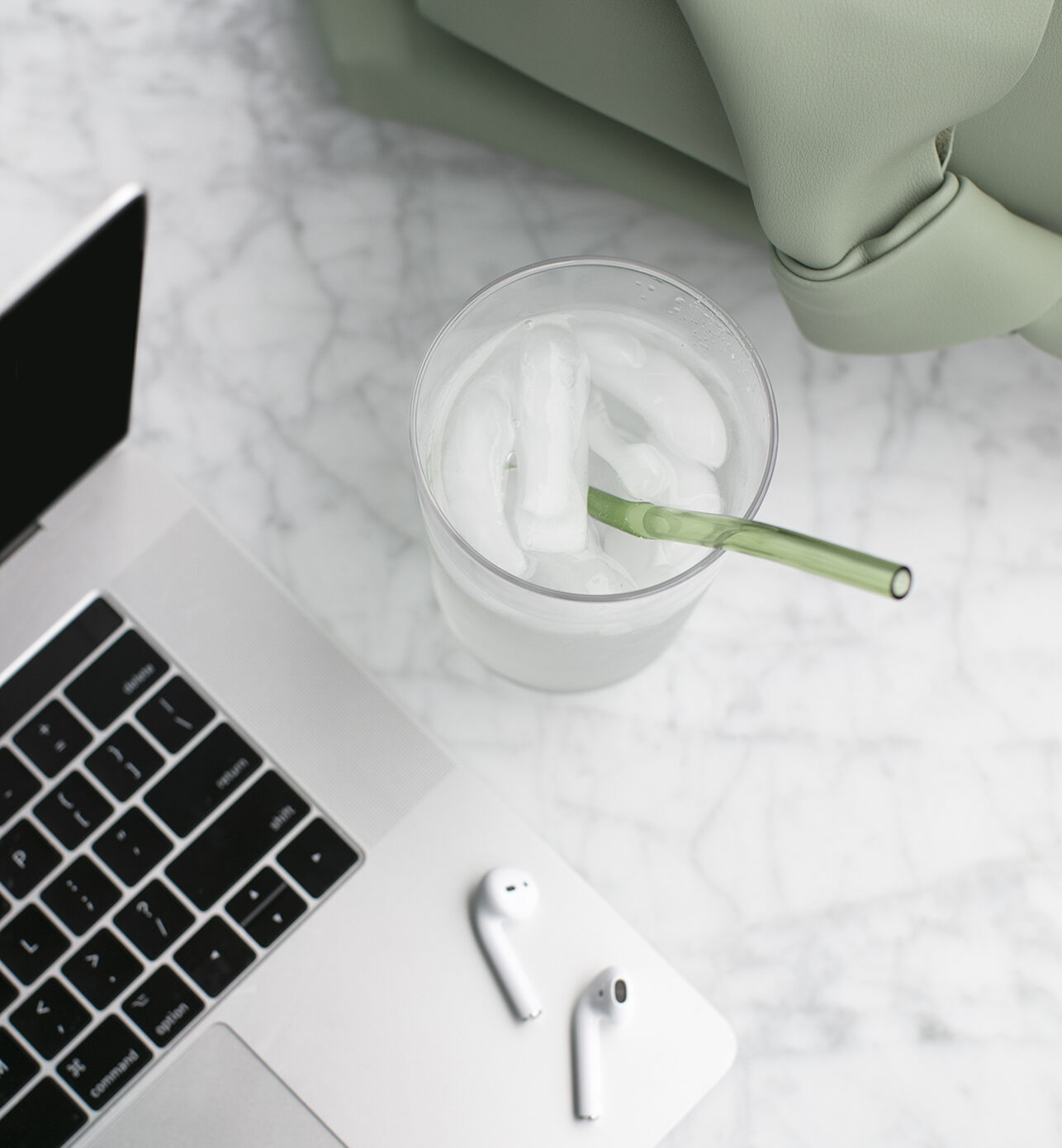Are you ready to make habits that stick?
Do you ever find yourself in a situation where you really wanted to reach a goal so you got really motivated and started making a bunch of changes right away? And then quickly found yourself back in your old habits after just a few weeks?
OR maybe you find yourself wishing you could do XYZ, but you can’t motivate yourself to even get started?
One, our brains don’t like change. Making any new habit stick will consume a lot of mental energy. Taking action without the mindset and beliefs to back them up, will just drain us of energy and we will stall out.
And also, two, nothing changes if nothing changes. We cannot expect to feel better, reach our goals, live the life we want without DOING something to change our circumstances and improve our selves.
Doing the same thing over and over and expecting different results is just crazy.
So what do we do if we want to make a change, reach a goal, chase after a dream that seems impossible? How do we make habits that stick long term?
We need to start small and we need to retrain our brain.
Habits That Stick Step 1: Start Small
By starting any project, task, or goal in small, digestible pieces we are more likely to be able to incorporate them into our daily life and our brain is more willing to accept them.
When it comes to health and nutrition habits, the simple changes done CONSISTENTLY over time are also usually the boring things we don’t think will work. We want flashy or fast. We don’t want the boring stuff that takes longer. But the boring is also what is going to stick. No flashy quick fix is going to be sustainable in the long term. Small things we can work on little by little add up to an entire life of new habits that will last.
Things like:
- strength training
- walking
- protein at breakfast
- morning light/sun exposure and movement
- mineral support/hydration
- reducing blue light at night
- saying no when you need to
You know what all these little, boring things help do? They add up to balance blood sugar, increase metabolism and adrenal function, and improve mood which also directly affects gut health. There is real POWER in little habits, over time. This is why we want to make habits that stick.
And a great way to add more than one habit? Habit stacking! Once you have one habit firmly established, you can link another one on to it. So for example, morning movement and sunlight don’t HAVE to go together. For a long time, I used to get up and just sit outside in the morning. And then later, added the movement piece into it. (For more on habit stacking, check out Atomic Habits by James Clear!)
Habits That Stick Step 2: Retrain Your Brain
Making changes slowly isn’t the only thing we need to do to make new habits that stick. We also have to retrain our brains. Changing our mindset about something is a big piece of nutrition coaching, as many of us have deep rooted, fully engrained beliefs that are no longer serving us and have to be unpacked before the body can fully heal. (I talk about this a little more here).
How to retrain our brains:
1. Figure out your WHY?
Keep asking why to get to the true root of why you want to do something. Say you want to start getting up earlier in the morning. Why? To have time to get ready in peace before the kids get up. Why? So that you can start your day in a positive mindset, ready for whatever is ahead. Why? Because you don’t like being grumpy mom who’s always playing catchup. Why? You want to be present, calm, and have fun with your family and be proactive not reactive for situations that arise.
See how that dug deeper into the root of why you wanted to make an otherwise benign habit?
2. Reframe your thoughts.
Mantras are proven to increase neuroplasticity, which is just a fancy way of saying change your brain. There is proven evidence that speaking TRUTH to ourselves, speaking LIFE vs negativity will teach our brain that those things are true, possible, and probable. (A deeper dive into this can be found here).
We learn to talk negatively to ourselves and take on labels for ourselves at an early age. We say 2 year olds are going through the “terrible twos” or we label kids as “picky eaters,” and they hear and absorb way more than we think they do. Our words matter. We take those labels with us through to adulthood and then tell ourselves we aren’t good enough, or we’re too ugly, or we could never do XYZ because of Y label we’ve placed on ourselves.
We have GOT to start changing the course on this. For ourselves, for our children, for everyone we speak to. Wouldn’t that be incredible to see the domino effect it would have on the world to speak LIFE into ourselves and others?
3. Do a deep dive into your habit.
Surrounding ourselves with the thing we want to do helps to activate the reticular activating system in your brain. This is the part of your brain that sees something everywhere after you think about it. So if you want to start a new habit, you need to research it. Find out how others do it. Learn the benefits. Immerse yourself in studying, practicing, and implementing the thing. This puts it front and center in your brain.
What habits do you want to start building? How can you immerse yourself in that topic to start making habits that stick?
Let me encourage you to not wait until January to start working on a new habit you want to cultivate. Start today. There is nothing magical about January 1st. And if you have the motivation and drive to dig into this NOW, you’ll be already on a roll by the time the new year comes around.
Wouldn’t that be grand?
Here’s an example of this in action to make habits that stick:
I’ve been wanting to prioritize morning sunlight and movement into my day for a while. My cortisol levels are really low all day long, my sleep has been interrupted almost nightly for the last 5 years, and my kids are now finally sleeping through the night, but my body is still primed to be up at all hours. I’ve figured out my why.
Instead of waiting for January, or for warmer weather, or when it’s convenient, I decided that Daylight Savings changing the amount of light in the morning was good enough for me to get started. We’re less likely to get outside in the winter time, so it’s also a good way for me to make sure I get outside.
I’m immersed in sleep habits, cortisol levels, and the benefits of morning light and movement already for my job, but it was still hard for me to implement until I could really break it down. I can’t take a walk first thing every morning. Even that small step was too big for me and was holding me back.
So I looked at my calendar and figured out what I COULD do on a given day. When my kids are in school, I can get out after drop off. When my son is home, he can come with me. When it’s the weekend, we can all get out as a family and make an adventure out of it. When it snows, I can still sit on my porch for 10 min in the morning and then go do Pilates inside where it’s warm. Is it what I want to do in an ideal world? No. Is it a solid baby step that I can actually implement consistently? For sure.
I had to start small and reframe how I looked at this habit in order to build it. And I am also using outward accountability (hello, big time obliger over here) by posting about my habit daily on Instagram.
This is small steps to retrain the brain and make habits that stick in action!
I challenge you to join me if morning movement and sunlight is something you want to build a habit around. Or pick what you want to do most and work it through these tips to see how you can make a solid start.


